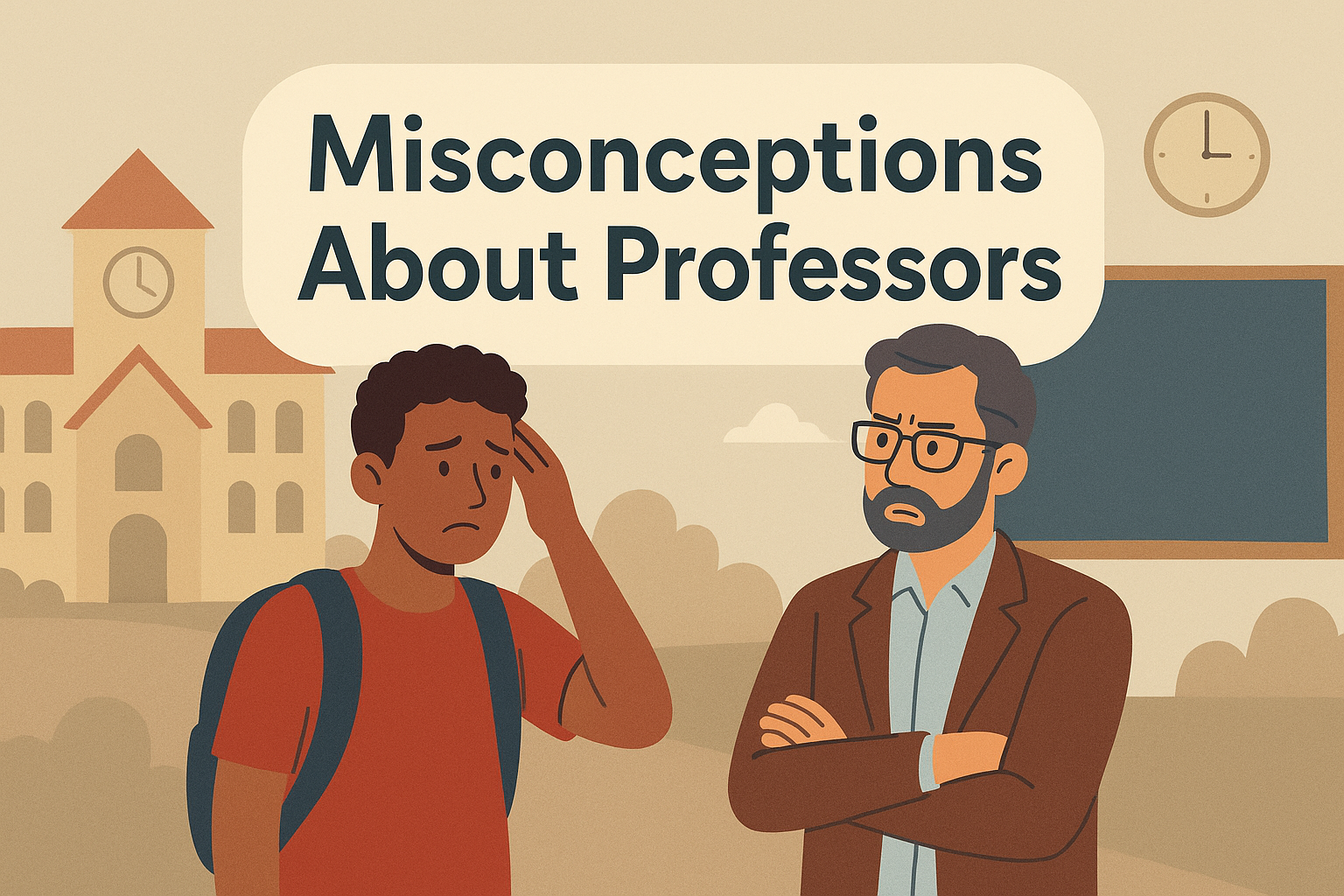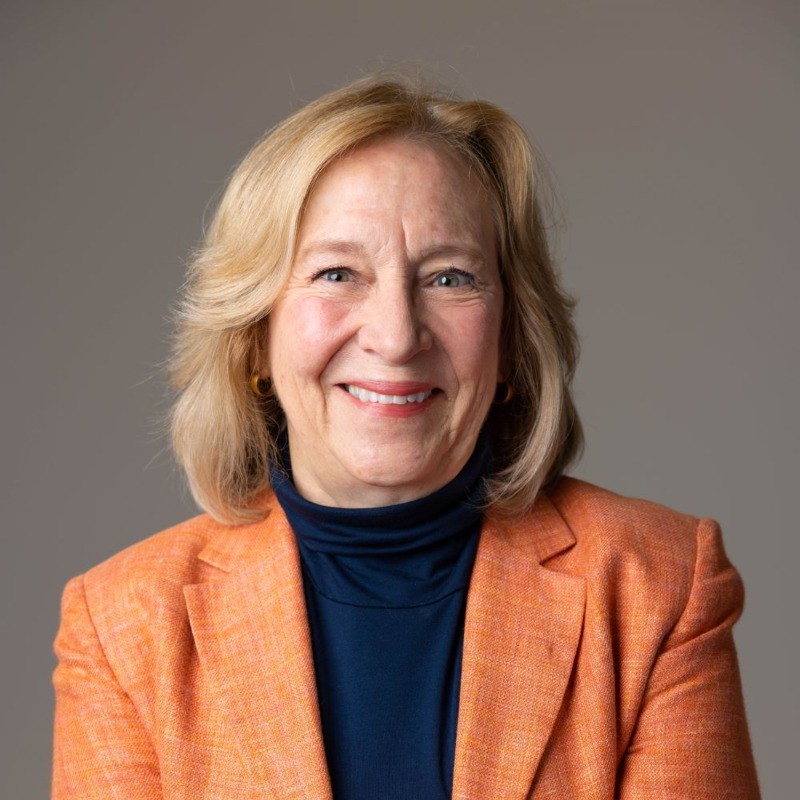Bridging the Education Gap: Misconceptions, Misalignments, and Missed Opportunities

For too many students, from those graduates of underperforming inner-city schools to those who attend costly preparatory schools, the transition to college is a shock. They falter in the first six weeks, the time research tells us that determines if they will stay or drop out. Most first year students arrive with an astonishing array of misconceptions about what college and professors will be like, and they find the schedule, the course work, the freedom, and the variety of choices overwhelming. For their part, professors often harbor unrealistic expectations about high school students’ college readiness, and many are unprepared to meet students where they are, instead of where they expected them to be. These misunderstandings hinder students’ learning in multiple ways.
The root of the problem is that today educators at both levels are so busy that they rarely communicate with each other. People who care about student success and graduation rates can work to minimize this state of affairs. Read on.
Misconceptions About Professors
New college students frequently imagine professors as unapproachable “brain boxes” who will scorn their questions or punish failure. Afraid to speak in class or visit office hours, they spend weeks bewildered by their courses, convinced they are inadequate, or just plain angry. In reality, most professors want students to ask questions, meet with them, and succeed. Yet valuable weeks of communication are lost because of these mistaken beliefs.
Misconceptions About Students
Professors also harbor stereotypes. They assume students arrive knowing more about world and cultural history than most do and are astonished at how poorly they write and manage their time. They expect developmental maturity that many 18-year-olds simply have not reached, and they can become testy or indignant at the irrational ways insecure college students cope with their new world.
Misaligned Pedagogies
Equally concerning is how differently high school and college professors teach. Many twenty-first century high schools emphasize standardized test preparation. Students may master worksheets, multiple-choice drills, and recall-based tasks without much practice in higher-order thinking. At the university level, by contrast, they are suddenly expected to think critically, to innovate, and to tolerate ambiguity. Students are flummoxed when they discover that multiple answers may be acceptable and that making mistakes is often the best way to learn. The cognitive shifts that higher education requires go more smoothly if professors take the time to guide students into these new ways of thinking. But often, professors miss early opportunities for such instruction because they assume students are “college ready.”
Shifting Disciplines
Another impediment to college students’ early success arises because disciplinary standards and practices are continually evolving at universities, while high school curricula lag behind. Teachers, trained years earlier and burdened with heavy teaching loads find it difficult to keep pace with university-level changes in their fields. In English, for example, the elegant five-paragraph essay once modeled after E. B. White has given way to rhetorically grounded argumentation. In history, philosophical debates about method and concern about bias have led to changing or even contradictory narratives and interpretations of historical data and events. The sciences are also ever-changing, and students fresh from high school may not know much about the latest discoveries or shifts in explanatory paradigms, much less be ready to manage the complicated and expensive equipment they find in university laboratories.
Toward a Solution: Renewed Dialogue
The remedy lies in building genuine partnerships between secondary schools and universities. Historically, teachers and professors were colleagues who attended the same universities, shared scholarship, visited one another’s institutions, and coordinated curricula. In the years before the invention of modern science and the proliferation of new academic disciplines and professional schools, students at grammar schools studied the same three or four subjects that were taught in the universities. Moreover, they were regularly tasked with writing weekly themes and practicing public speaking, so they arrived at college already trained in the two skills that are foundational to all higher study.
We cannot return to the narrow classical curriculum of that era, but we can revive its spirit of communication and collaboration. Colleges can reach out to schools; professors can visit middle and high schools to share disciplinary advances, to talk with students and teachers, and to observe the realities of modern secondary education. High schools can carve out time for their principals and teachers to visit local universities, to see how college classes are taught today, and to talk with professors. The time taken for such sharing would be made up by the time saved when new college students are able to move more smoothly and successfully into their university experience. High school and university educators must once again see themselves as partners in a continuous educational journey; our students and their parents will thank us.


























